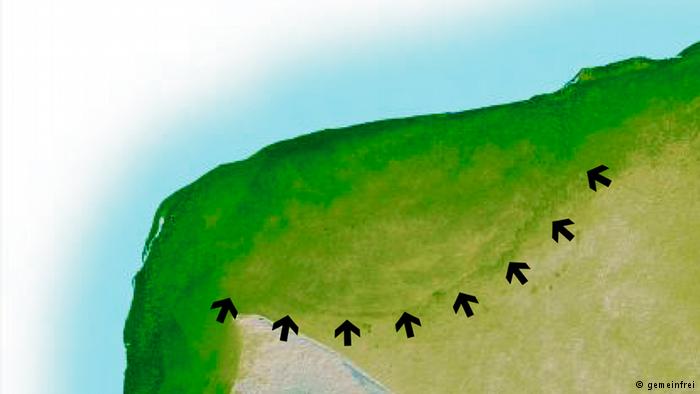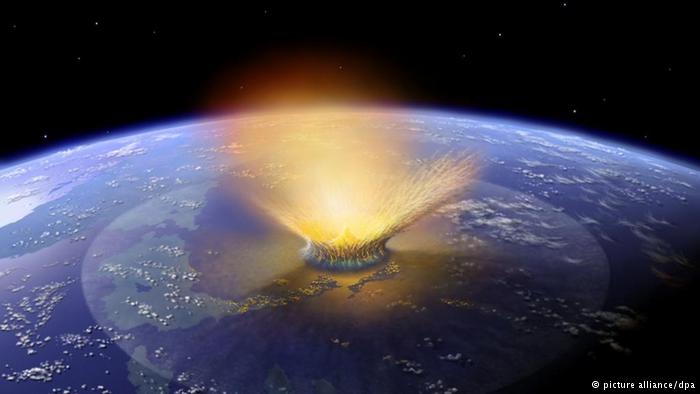During the last few years, some research has shown that there was not that much dust, or dust of the right size, that was thrown into the air. But there was sulfur. And then the sulfur in the atmosphere developed into sulfur aerosols. And they can cool down the Earth and block the light.
What`s the sequence of events? A six-mile asteroid slams into the Earth - then what?
In the short term, there was probably an earthquake, there were tsunamis, there was fire. This is something we can`t explore with our climate model … [Then] there`s a really, really strong cooling. And that`s a very fast reaction. So the dinosaurs have almost no light reaching the Earth in the year after the asteroid struck, just two percent of the sunlight that had reached the Earth before the impact.
So for one whole year, it`s night time.
Yes, there`s almost no light. So it must have been very dark.
And very cold.
Yes, but the reaction of the climate system … always happens a little bit later. So there`s the year with almost no sunlight, which is the year right after the impact, but the coldest year is the third year, because the climate system needs a couple of years to react to this process.
So we`re in year three, the coldest of all. How cold is cold?
Before the impact, it was a little warmer than it is today, because during the late Cretaceous 66 million years ago we had a CO2 concentration of about 500ppm, which is higher than today. It was about 19 degrees Celsius [66 Fahrenheit]. Then it cooled to about -8 degrees [18].
I made the mistake of showing a Youtube video to my daughter that I hadn`t watched before, and it showed the asteroid hitting and all of this stuff - dust, dirt, whatever - getting ejected into the upper atmosphere, where it then began to burn up. And then everything got so hot that the dinosaurs basically burned to death - specifically, two triceratops. Is it safe to say that didn`t happen?
I think that happened locally. So perhaps in the 1,000 kilometers around the spot where the asteroid hit the Earth. But the dinosaurs did not live in that location alone. What we observed was a mass extinction, which does not only include the dinosaurs but many other forms of life as well. And this was global. This happens because the sulfur aerosols are distributed globally very quickly.
So I have to tell my daughter that the dinosaurs burned to death and froze to death.
Yes.

The Chicxulub impact site on the Yucatan peninsula in today`s Mexico
Was that particular asteroid carrying a bunch of sulfur? Or is the sulfur event something that`s going to happen with the next impact as well?
The asteroid didn`t carry the sulfur. It hit a target that had a lot of sulfur. And this is something special. The dinosaurs were a little bit unlucky that the asteroid hit the Earth at that spot. If there were an impact in the future, it would perhaps not be like that. Not every place on Earth has that much sulfur.
Julia Brugger is a PhD student at the Potsdam Institute for Climate Impact Research.
Sulfur aerosols have been proposed as a geoengineering solution for global warming.
















































